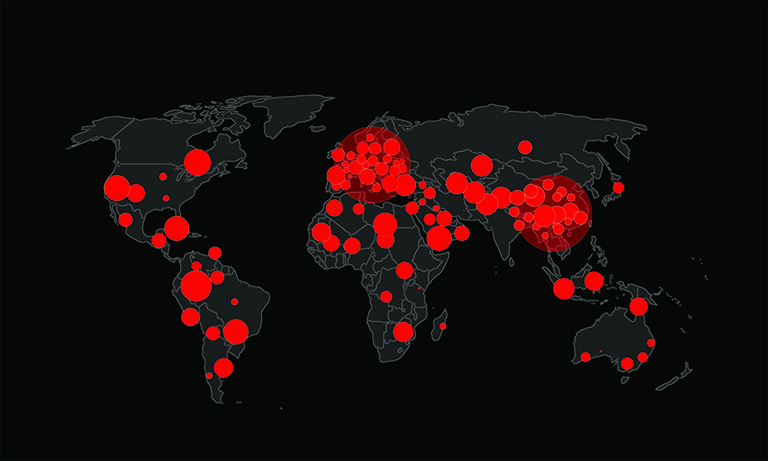TsarBot Banking Trojan: A Cyber Threat Targeting Financial Apps Worldwide

Android malware, known as TsarBot, has surfaced as a significant cybersecurity threat, affecting more than 750 applications spanning the banking, finance, cryptocurrency, and e-commerce sectors. This sophisticated banking Trojan has demonstrated advanced attack techniques that enable it to steal sensitive user information, including banking credentials, lo-gin details, and credit card data.
Table of Contents
A Global Cyber Threat
TsarBot's operations are not confined to a specific region. Reports indicate its presence across North America, Europe, Asia-Pacific, and the Middle East, suggesting a widespread impact on financial systems worldwide. The malware propagates primarily through phishing websites that impersonate legitimate financial platforms, deceiving users into unknowingly installing malicious software.
Once installed, TsarBot employs an advanced method known as overlay attacks. This technique allows it to superimpose fraudulent login screens over genuine banking or finance apps. As unsuspecting users enter their credentials, the malware captures and transmits this data to its operators.
Beyond Traditional Cyber Attacks
TsarBot goes beyond conventional phishing tactics. In addition to overlay attacks, it possesses capabilities such as screen recording and remote control over infected devices. This enables cybercriminals to execute actions on behalf of victims, including making fraudulent transactions, altering account settings, and bypassing security measures.
A particularly concerning feature is its ability to simulate user actions like swiping and tapping. Utilizing a black overlay screen conceals its activities from the user, making detection difficult. Additionally, it can deploy fake lock screens to capture device PINs or passwords, granting attackers deeper access to compromised devices.
The Role of Command-and-Control (C&C) Servers
Communication between TsarBot and its operators is facilitated through WebSocket connections across multiple ports. These connections allow attackers to execute commands remotely, manipulate screen controls, and interact with applications in real time.
The malware dynamically retrieves a list of targeted application package names from its C&C server. This list includes banking applications from multiple countries, cryptocurrency wallets, and even social media platforms. By overlaying realistic phishing pages, TsarBot deceives users into inputting sensitive information, which is then immediately sent to its operators for exploitation.
The Growing Sophistication of Android Banking Trojans
The emergence of TsarBot highlights the evolving nature of cyber threats targeting mobile financial applications. By leveraging Accessibility services, a feature intended to aid users with disabilities, it gains extensive control over devices, making its fraudulent activities even more effective.
The malware's use of advanced communication protocols further enhances its ability to execute fraudulent transactions while evading detection. Traditional security measures may struggle to identify and block its activities, making proactive cybersecurity practices crucial in mitigating risks.
How Users Can Protect Themselves
As mobile malware continues to evolve, cybersecurity experts stress the importance of adopting best practices to reduce the risk of infection. Users are advised to:
- Download apps solely from trusted sources: Avoid third-party websites and unofficial app stores, as these often distribute malware-laden applications.
- Be cautious of phishing links: Cybercriminals often use emails, text messages, or fake websites to trick users into downloading malicious software.
- Enable Google Play Protect: This built-in security feature helps detect and remove harmful applications.
- Regularly update devices and applications: Security patches are essential for protecting against newly discovered vulnerabilities.
- Monitor app permissions: Be mindful of excessive permission requests, especially from apps that do not require extensive access to function.
Bottom Line
The rise of sophisticated malware like TsarBot underscores the ever-growing challenge of securing financial transactions on mobile devices. As cybercriminals refine their tactics, users must remain vigilant in their cybersecurity efforts.
Financial institutions and app developers are continually enhancing security mechanisms, such as biometric authentication and behavioral analysis, to counteract emerging threats. However, end-user awareness remains a crucial component in combating malware attacks.
In an era where mobile banking and digital finance are integral to everyday life, understanding the risks posed by threats like TsarBot is essential. By staying informed and practicing good cybersecurity hygiene, users can help safeguard their personal information and financial assets from malicious actors.








